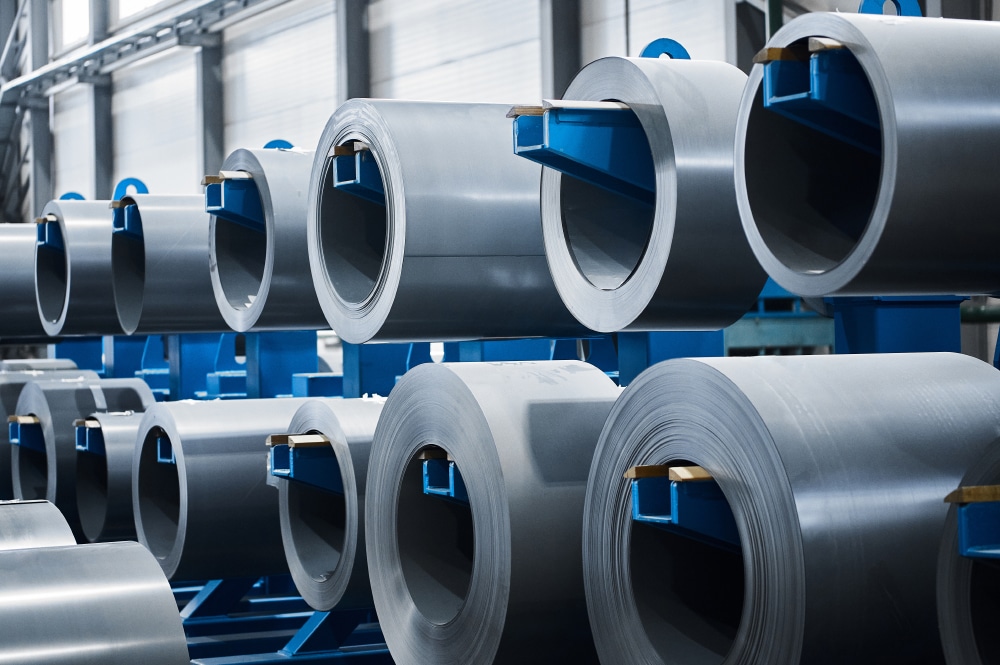Sign up for daily news updates from CleanTechnica on email. Or follow us on Google News!
When the electric car transition first started gathering steam a decade ago, fueled by the success of Tesla, Sergio Marchione was the head of FCA, the conglomerate that later became Stellantis. Although FCA did manufacture a battery-electric version of the iconic Fiat 500, it was little more than a compliance car designed to appease the California Air Resources Board. Marchione famously begged people not to buy it because the company lost so much money on each car sold. FCA became Stellantis and Carlos Tavares supplanted Sergio Marchione, but the Fiat 500e endured, although its battery-electric powertrain was substantially updated from the original.
On September 12, 2024, Stellantis announced it was suspending production of the Fiat 500e for four weeks due to sluggish demand. The global slowdown in sales of electric vehicles, partly due to diverging policies on green incentives, has pushed automakers worldwide to adjust their electric car plans, Reuters says. “The measure is necessary due to the current lack of orders linked to the deep difficulties experienced in the European electric car market by all producers, particularly the European ones,” Stellantis said in a statement.
The 500e is made at the historic Mirafiori factory in Torino, Italy — the birthplace of the Fiat brand. Fiat is an acronym for Fabbrica Italiana Automobili Torino. That city is the birthplace of the Fiat brand and the Mirafiori factory is to Fiat what the Wolfsburg factory is to Volkswagen.
In a press statement, Stellantis said it was “working hard to manage at its best this hard phase of the EV transition.” Part of that effort will include a €100 million ($110 million) investment in the Mirafiori facility to adopt a higher performance battery version of the 500e and produce a hybrid version of it by 2026. The labor unions that represent Fiat workers have been asking Stellantis to relaunch the Mirafiori site, where output has slumped in recent years, by introducing a new high volume, inexpensive car.
“The Mirafiori complex is undergoing a deep transformation, with the aim of making it a true global innovation and development site, a key choice if we are to meet the challenge of the transition to sustainable mobility to which we are called,” Stellantis said. Earlier this year, Italy launched a $1 billion plan to help drivers switch to cleaner vehicles by offering subsidies to purchasers of fully electric cars, but Rome and the company have been at odds over the government’s approach to incentives.
The issue of incentives is roiling the auto industry in Europe, particularly after Germany cancelled its rebate scheme unexpectedly at the end of 2023. That decision has contributed to disruptions at Volkswagen, which announced last week that it may close two factories in Germany due to falling demand not only for electric cars but automobiles in general.
Stellantis Prepares For Electric Car Production In The US
Despite its troubles in Italy, Stellantis announced on September 11 that it will invest $406 million in three sites in Michigan to make them suitable for producing electric car models from Ram and Jeep. Stellantis is characterizing its investments as “multi-energy technology and manufacturing flexibility,” which means electric car production will take place alongside combustion engine models. The Sterling Heights assembly plant will be the beneficiary of a $235.5 million investment. Once the updates are completed, that factory will be the first Stellantis site in the US to build a fully electric vehicle.
Specifically, the Ram 1500 REV, the first battery-electric version of the Ram 1500 pickup truck, will roll off the Sterling Heights production line at the end of 2024. It is expected to have a range of up to 800 kilometers (500 miles) and is based on the new STLA Frame platform for large electric vehicles, which incorporates the battery pack directly into the frame. That platform is wider in the middle to accommodate the size of the battery.
Further investments are being made to convert the Warren truck assembly plant for the production of the electrified Jeep Wagoneer. The Dundee engine plant will focus on the production of battery trays and components for the batteries of the STLA Frame and STLA Large platforms. “Sterling Heights Assembly has performed an incredible transformation in record time and I want to thank our colleagues for this great achievement,” said Carlos Tavares. “Gearing up to build our first ever Ram electric truck and the range extended version in Michigan is a meaningful moment of pride for our teams. With these investments supporting both Jeep and Ram, we’re adding innovations to our Michigan manufacturing footprint to support a multi-energy approach that is laser-focused on customer demand.”
In addition, Stellantis will receive as much as $584 million in funding from the US government for the conversion of two factories — the transmission plant in Kokomo, Indiana, and the vehicle assembly plant in Belvidere, Illinois. Stellantis says it is sticking to its goal of selling only electric vehicles from 2030. In the US, battery-electric vehicles are expected to account for 50% of all cars and commercial vehicles sold by that date.
That last part is a bit perplexing, considering Volkswagen, BMW, Mercedes, Ford, and GM have all been hedging their bets on the electric car future. The latest to join the chorus is Volvo, which announced recently that it is backing away from its own plans to sell only electric cars by 2030.
After that announcement, CleanTechnica executive editor Zachary Shahan said, “When I first saw news that Volvo was pushing back its plan to transition 100% to full electric vehicles (BEVs), I thought something along the lines of, ‘Ugh, another automaker is using some lame excuses to water down and delay its EV plans.’ And maybe that is what it is. Maybe Volvo Cars is just chickening out on the most aggressive EV transition plan from a major legacy automaker.”
The Takeaway
There is a lot of discussion about the auto industry at the moment. Is the electric car revolution moving forward, or is it dead? Certainly it is alive and well in China, where more than half of all new car sales are “new energy vehicles” — battery-electric or plug-in hybrids. Norway is approaching 100% electric car sales, so the issue doesn’t seem to be electric vs combustion as much as it is about giving consumers what they want, namely less expensive vehicles.
The dirty little secret here is that for decades, European carmakers have been getting their brains bashed in selling cheap cars while struggling to make a profit doing so. In the US, legacy automakers made a decision years ago to simply stop manufacturing inexpensive cars in order to focus on light trucks and SUVS, which are much more profitable.
Clearly, no corporation can afford to lose money in the long term, just as many people today cannot afford a car payment that is larger than a typical mortgage payment at the turn of the century. What is needed are affordable electric cars that are profitable for manufacturers. Whoever cracks that code first will reap the rewards, but it seems like many companies that are household names today won’t be around by the start of the next decade, and some new names no one ever heard of will have taken their place. Will Stellantis be one of the survivors? “We’ll see,” said the Zen master.
Have a tip for CleanTechnica? Want to advertise? Want to suggest a guest for our CleanTech Talk podcast? Contact us here.
Latest CleanTechnica.TV Videos
CleanTechnica uses affiliate links. See our policy here.
CleanTechnica’s Comment Policy





